What is a Landscape Film?
In this article, I seek to clarify what constitutes a landscape film, and why they are important types of films to watch.

Landscapes have been a muse for the Arts for centuries. From literature to photography, artists have rendered landscapes to great affect, whether that be sprawling vistas of the American West or vertiginous cliffs of China. The medium of film provides yet another avenue to capture these sights, and does so in ways previously unavailable to traditional artforms. Erwin Panofsky writes that the “unique and specific possibilities [of film] can be defined as dynamization of space and, accordingly, spatialization of time” (p. 18). Expanding on this observation, Kenneth Helphand has noted that “there are aspects of landscape experience best communicated through film; examples include motion, scale, activity, or temporal change” (p. 1). And, he continues to identify four major ways landscapes have been rendered by cinema (Helphand, p.2):
1 Landscape as setting (the stage set)
2 Landscape as character (landscape as member of cast and analysed as such)
3 Landscape as symbol
4 Landscape as subject (documentary tradition)
This article will focus on the latter, that is: films that feature landscapes as the subject of the films themselves. As we shall see, the unique characteristics of film identified by Panofsky and Helphand are especially emphasised in these types of landscape films. This article will thus proceed by introducing some of the key filmmakers, films, and scholars that consider landscape in this way before concluding with a brief overview of why these types of films are important to consider.
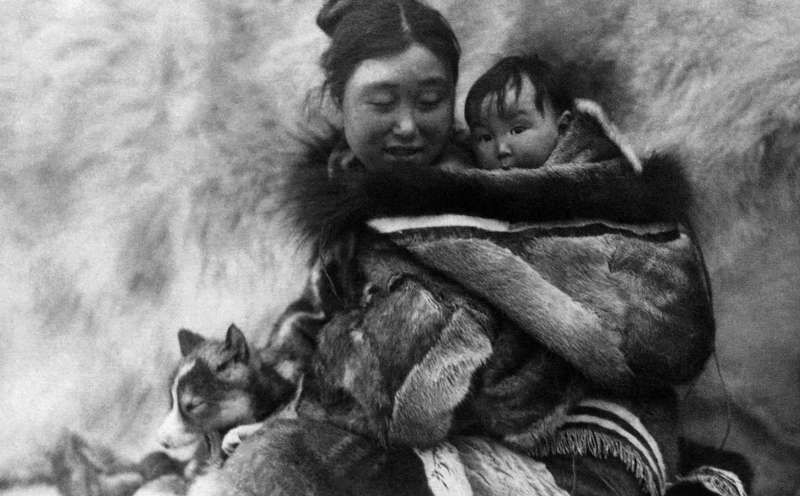
Landscape as Subject
Landscape films are almost as old as the medium of film itself. Some of the earliest examples of such are those by Robert Flaherty, an American filmmaker and explorer often considered the founding father of documentary and ethnographic film. Flaherty’s most notable work is Nanook of the North (1922), a film about an Inuit family living in the Canadian Arctic. A great deal of attention has been focused on the staged scenes of Nanook of the North, which ambiguate the line between fiction and reality. For this reason, the film often features in debates concerning the ethics of documentary filmmaking. However, the film also encapsulates the key characteristics and themes of many landscape films that would follow. As Helphand writes, “the theme is often human-environment relationship: the limitations the landscape places upon us, the human transformations of the landscape, and the cultures people have developed by interacting with the landscape” (p. 2). Above all, then, “the landscape experience is one of dynamic encounter between people and place” (Helphand, p. 1).
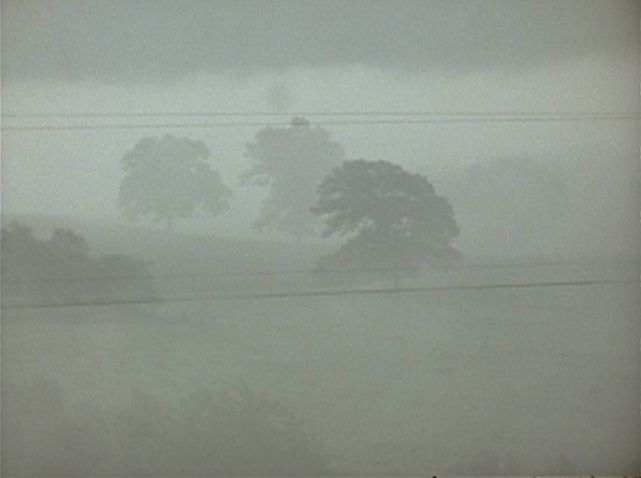
Although, this does not necessarily require that people always be present in landscape films. Sometimes their absence can be just as evocative of these themes. A brilliant example of this can be seen in Fog Line (1970) by Larry Gottheim. Filmed in 1970, Fog Line is an experimental short silent film that features one static shot for 11 minutes. The frame encases a rural scene shrouded by fog, which slowly lifts to partially clarify the elements in the image previously hidden: trees in the distance, high-tension wires splicing the frame horizontally, and the faint silhouette of two horses grazing. In his book, The Garden in the Machine, Scott MacDonald makes the case that, despite the deceptive simplicity of the film, the compositional elements of Fog Line are carefully considered and conceptually rich. In particular, MacDonald notes that the film recalls the technological and aesthetic lineage of the filmic and photographic medium, writing:
…it is only once the fog has thinned enough for an identification of the image to be possible that we can recognize that something other than the movie projector—the fog itself—is moving. This first recognition is reminiscent of the development of photography during the early nineteenth century (indeed, the gradual appearance of the landscape image out of milky green abstraction is suggestive of the process of photographic development itself ) and then, during the second half of the century, of motion photography: the two horses materializing out of the thinning fog suggest the fascination with the movement of horses that led to Eadweard Muybridge’s earliest motion studies and his Zoopraxiscope, a forerunner of the motion picture projector. (MacDonald, p. 9)
MacDonald later continues:
The moment the linear elements of the image are recognized as indexes of the technological/aesthetic history that produced the motion picture camera and the illusion of Renaissance perspective that the motion picture camera is designed to mass produce (twenty-four images per second), we can recognize that Fog Line foregrounds not simply natural landscape, but the intersection of natural process and human technological development. (p. 10)
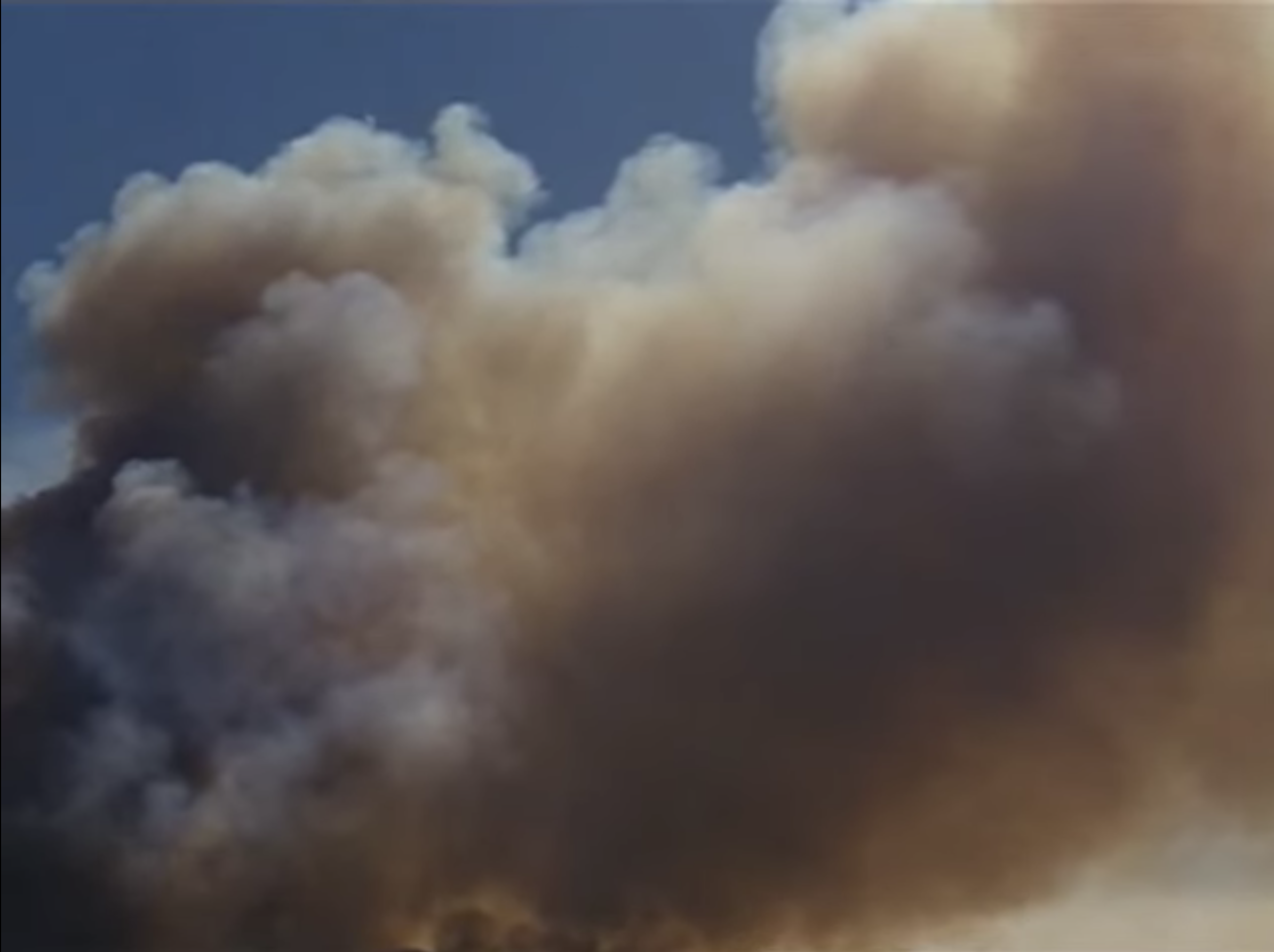
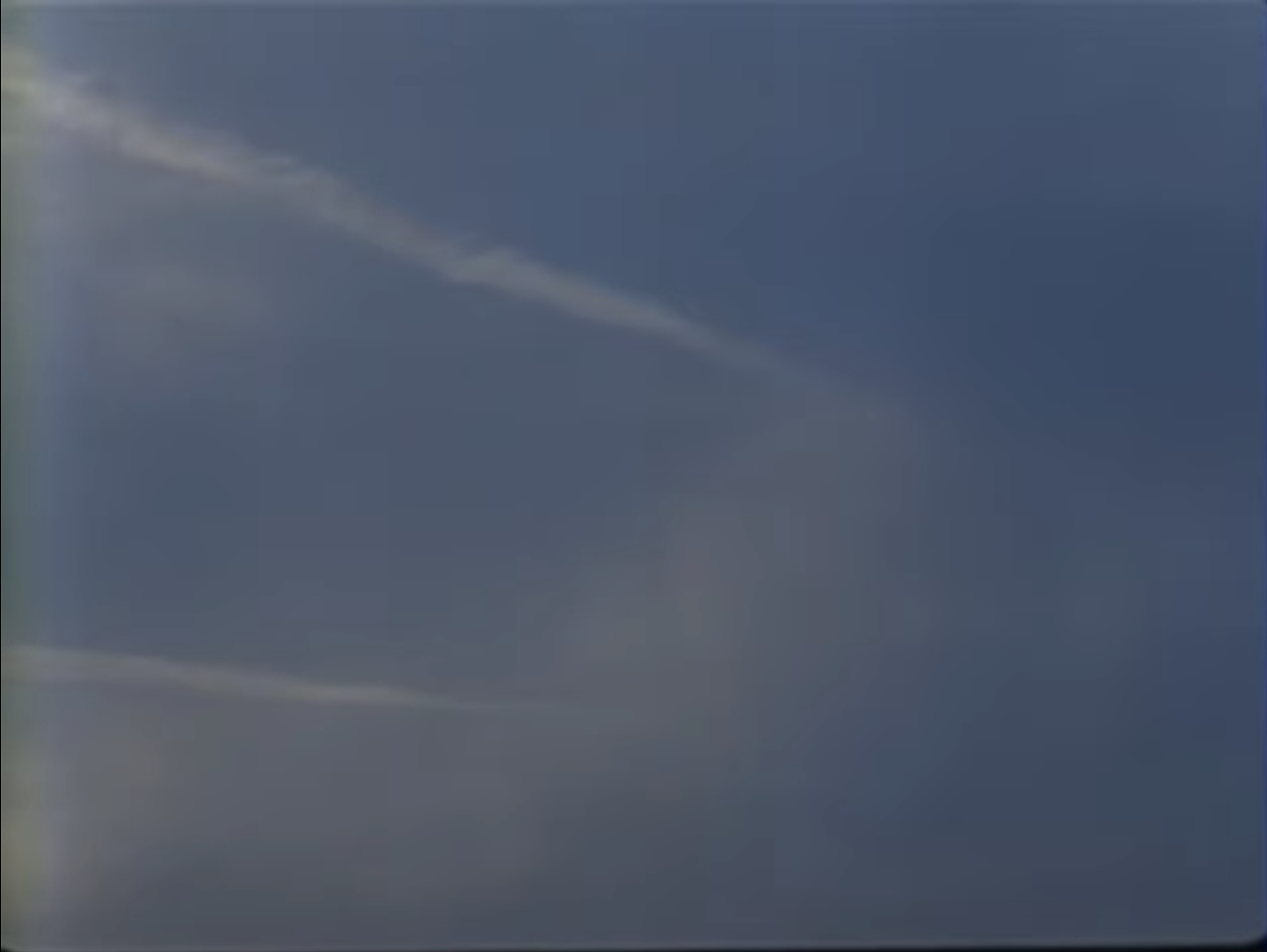

We can see a similar allusion to such an intersection in the experimental landscape films of James Benning. Ten Skies (James Benning, 2004), for instance, is a film that features ten long static shots of ten different patches of sky. Like Fog Line, the products of both natural and technological processes are overlaid in Ten Skies: the various cloud formations are often tainted by various human pollutants such as industrial smog, jet engine trails, and accidental wildfire smoke. In effect, these extended shots capture the shift that has occurred in the relationship between people and place in the 20th and 21st centuries and, by extension, how this shift has affected the way landscapes have been depicted in artworks. On this shift, MacDonald writes:
The importance of the landscape in American cultural history hardly needs comment at this late date: landscape was a dominant issue in American painting and writing throughout the nineteenth century and, as a wealth of cultural commentary suggests, has remained crucial throughout this century, as the nineteenth-century fascination with “wilderness” and “nature” increasingly gave way, first, to a focus on cityscape and city life and, more recently, to a fascination with the forms of human signification that, in our postmodernist period, are the inevitable overlay of both countryside and city. What is often overlooked as this cultural trajectory is charted, however, is that earlier fascinations do not simply disappear; often they are taken so much for granted that, in effect, our consciousness of them becomes repressed: their very obviousness tends to render them invisible. (p. 3)
The simplicity and duration of Benning’s film compels the viewer to confront these sights as a subject, bringing back into consciousness the earlier fascination with landscape that MacDonald mentions.
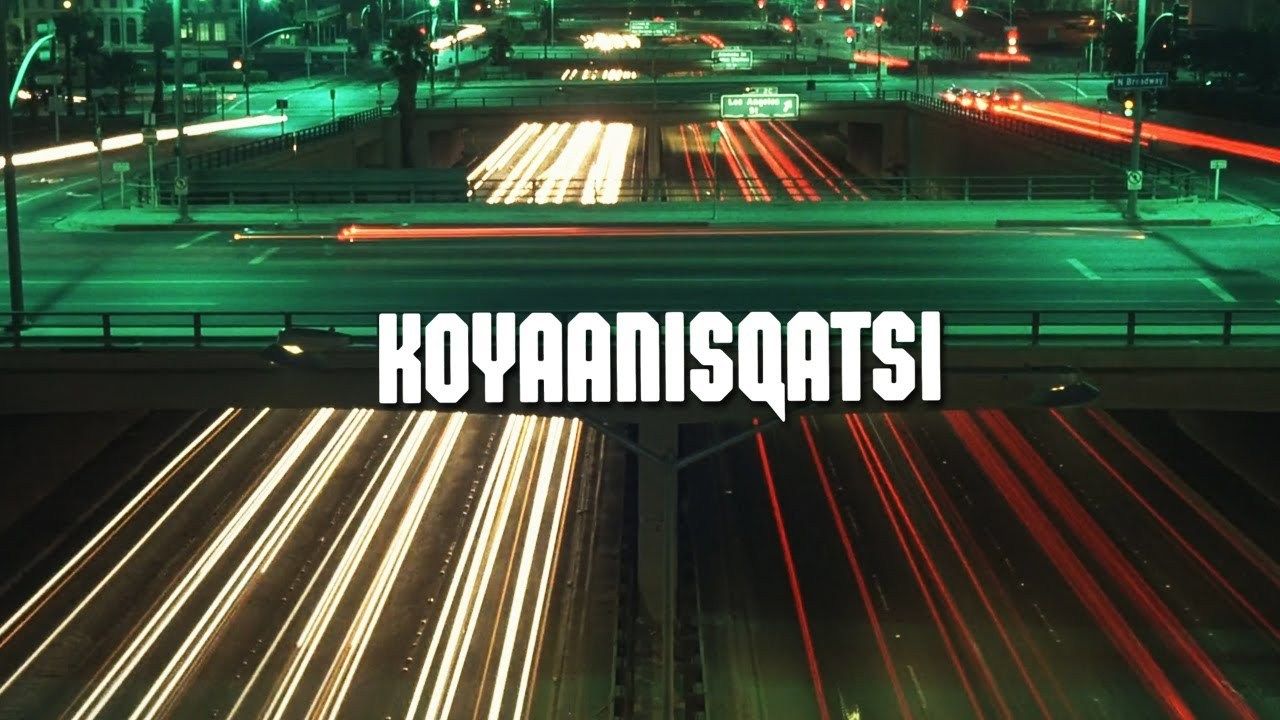
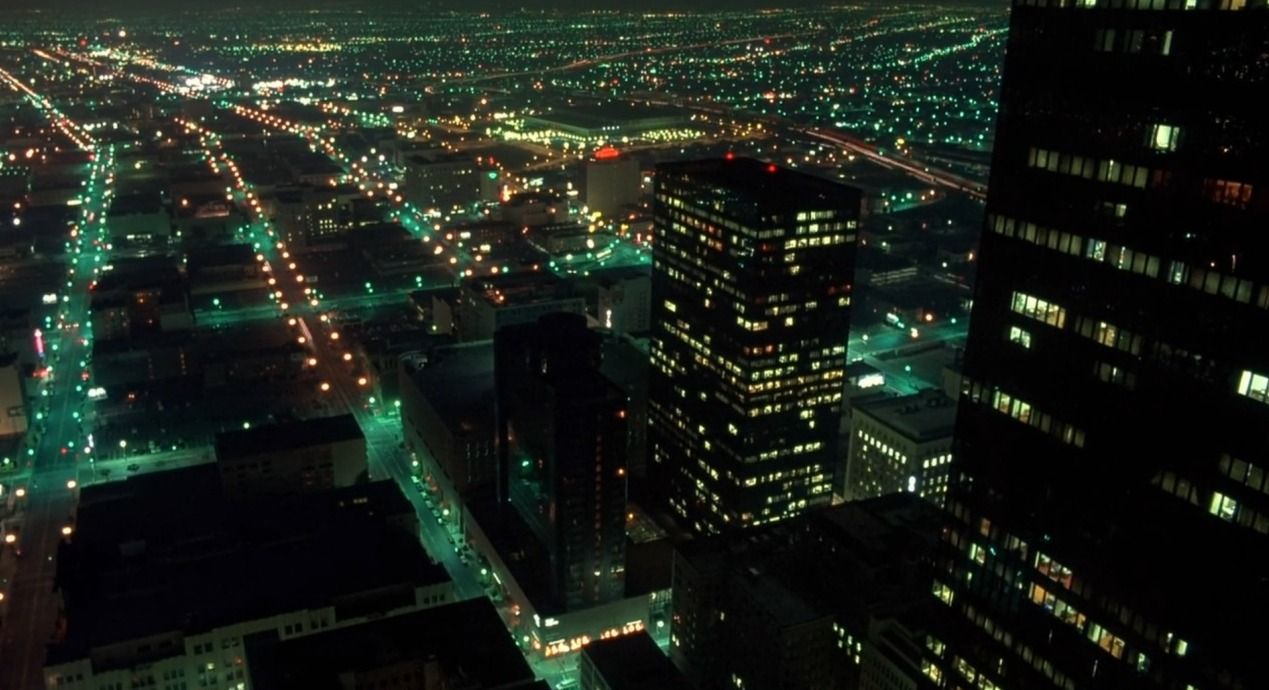
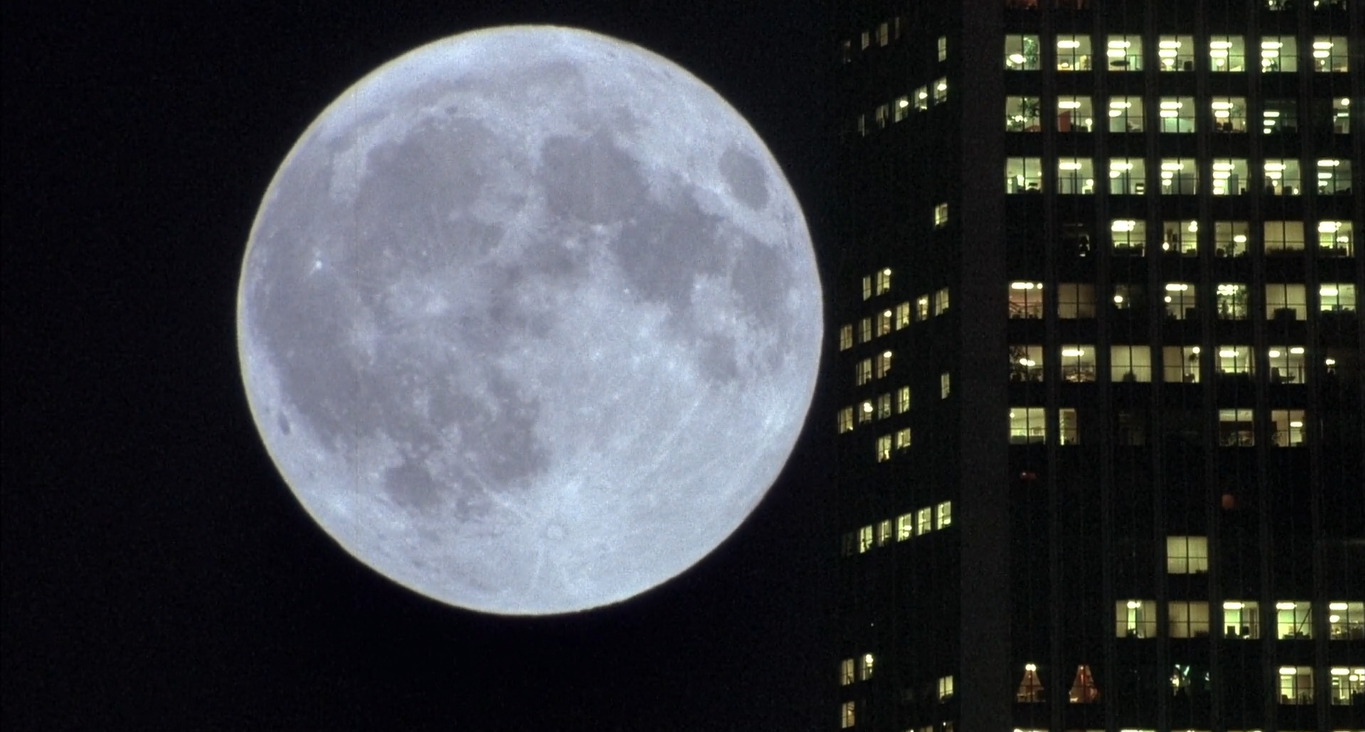
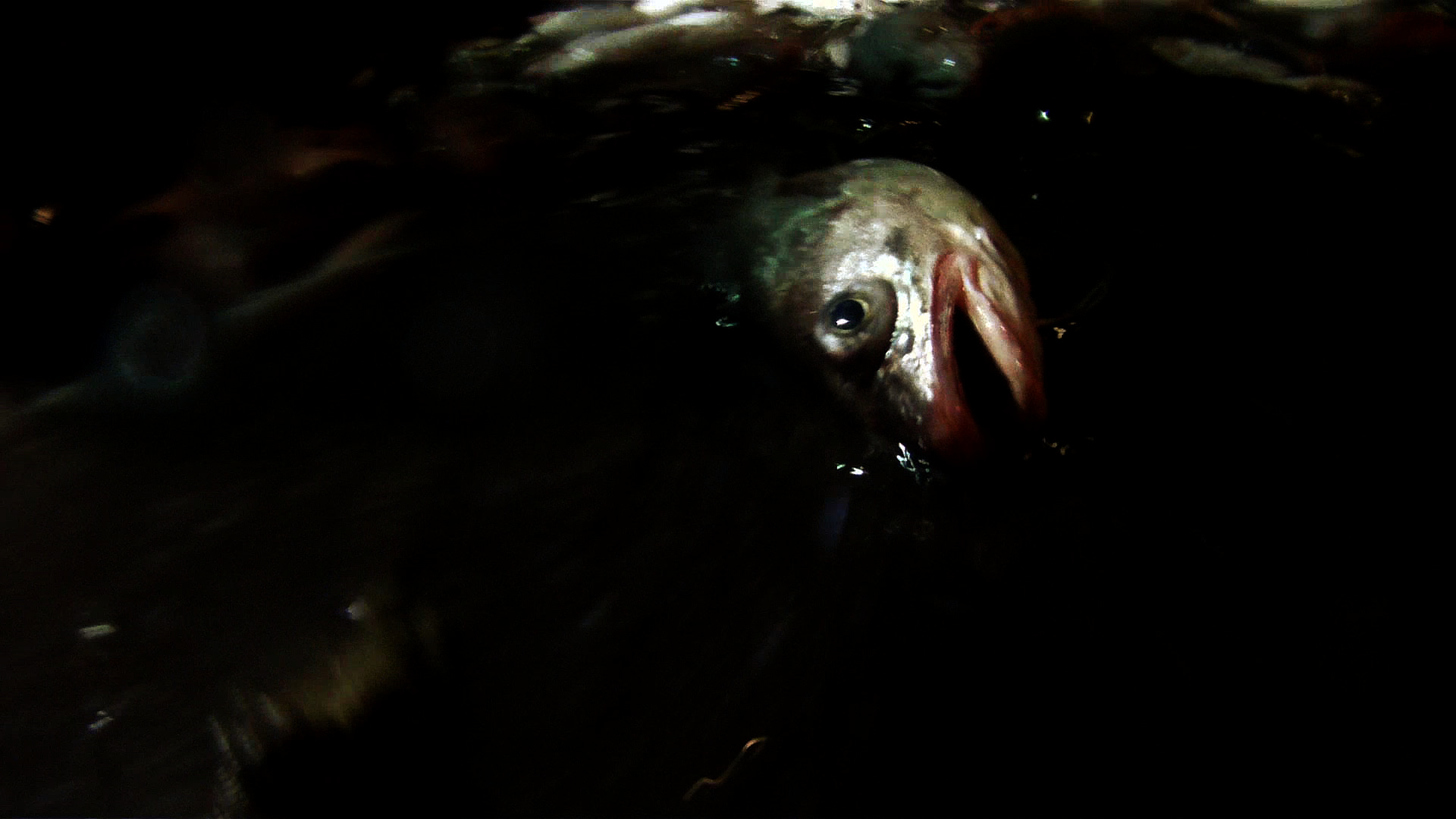
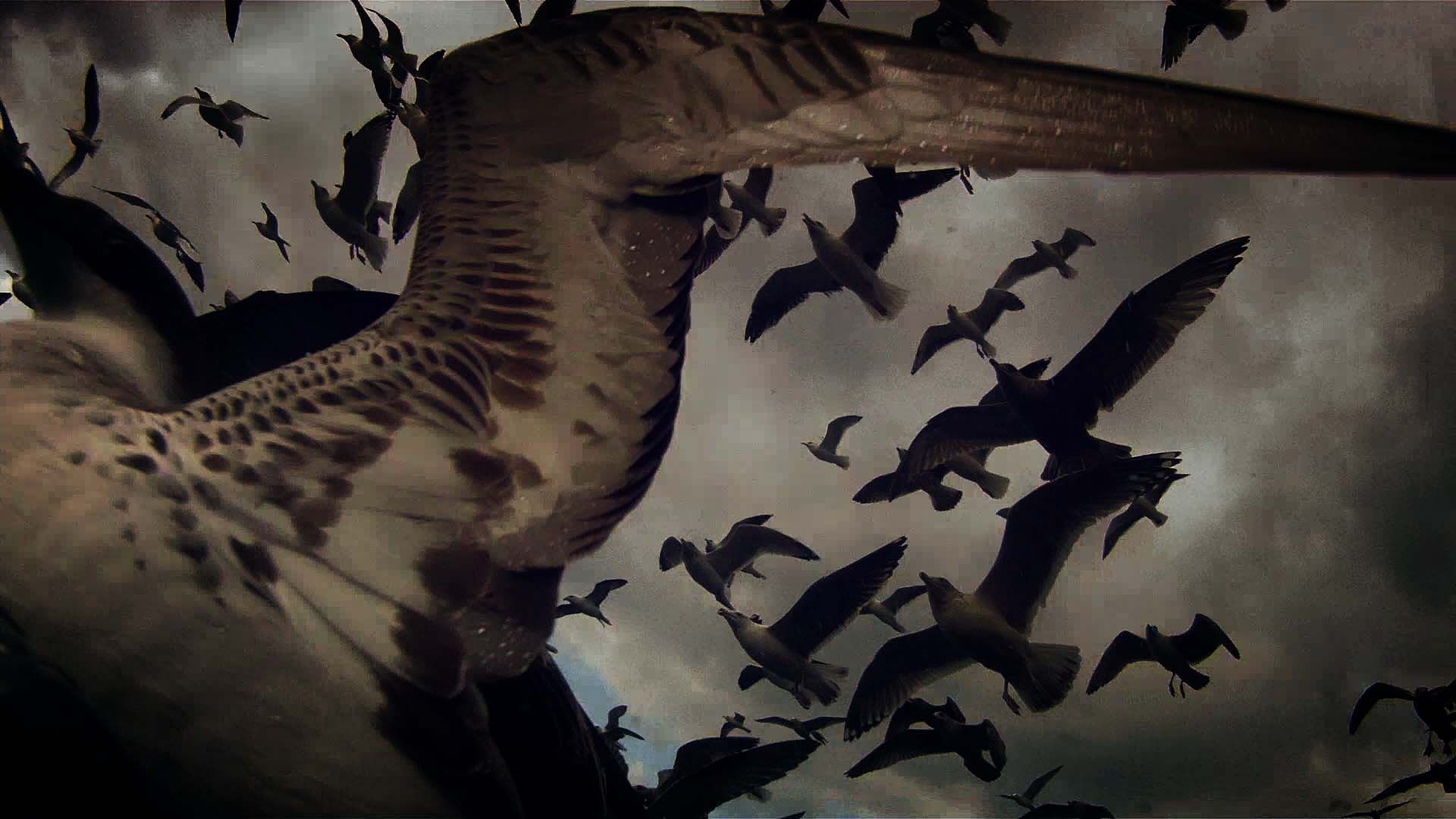
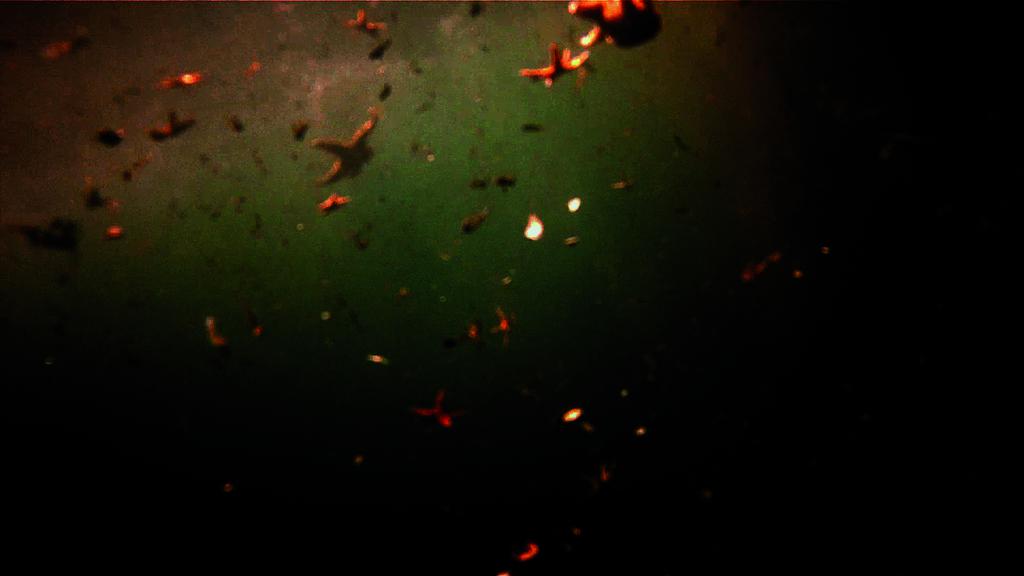
Another striking example of a film that encapsulates this landscape, or rather seascape, experience is Leviathan (2012) by Lucien Castaign-Taylor and Véréna Paravel. Filmed in New Bedford, Massachusetts, Leviathan viscerally captures life onboard a commercial fishing vessel. Like Fog Line and Ten Skies, Leviathan represents a subversive vision of cinema, one that neither relies on linguistic expression, nor makes a reductive claim to truth. The film departs from the conventions of documentary filmmaking: there is minimal dialogue, no interviews or narration, and no factual information about the fishing industry is disclosed. Instead, Castaign-Taylor and Paravel embrace the various dimensions of the audio-visual image to make the sensory experience of commercial fishing directly perceptible. In doing so, Leviathan recognises the nuances and uncertainties that lived experience entails, and it resists simple reductions that suggest otherwise. Castaign-Taylor articulates this methodology when saying:
One of the things that we are trying to do is make films that don’t say anything. Anything that humans make are always about something in some way, but to imagine they could be about something that could be expressed in words, outside the fabric of the film itself is kind-of ludicrous because then you wouldn’t make the film. You would write it…
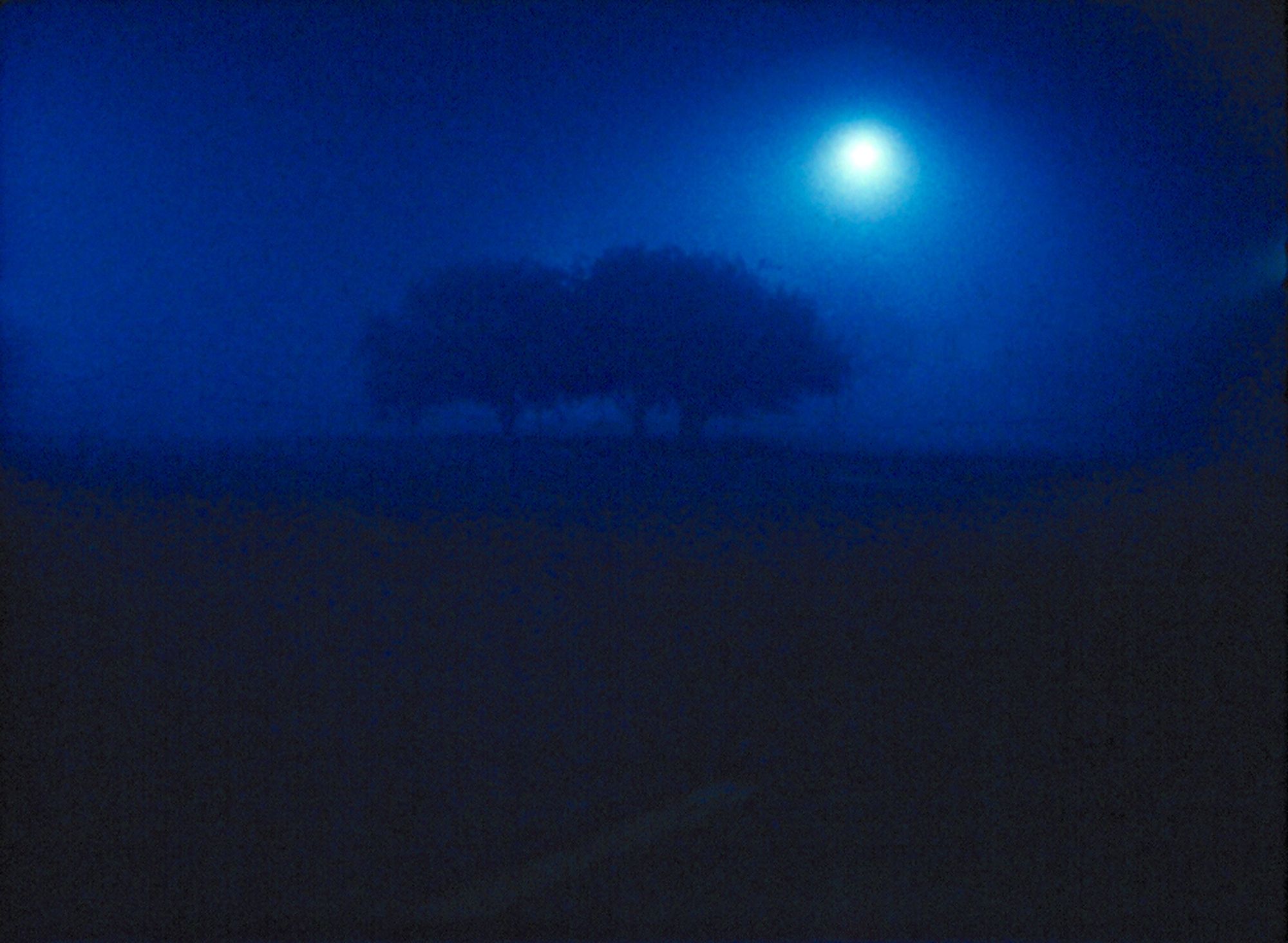
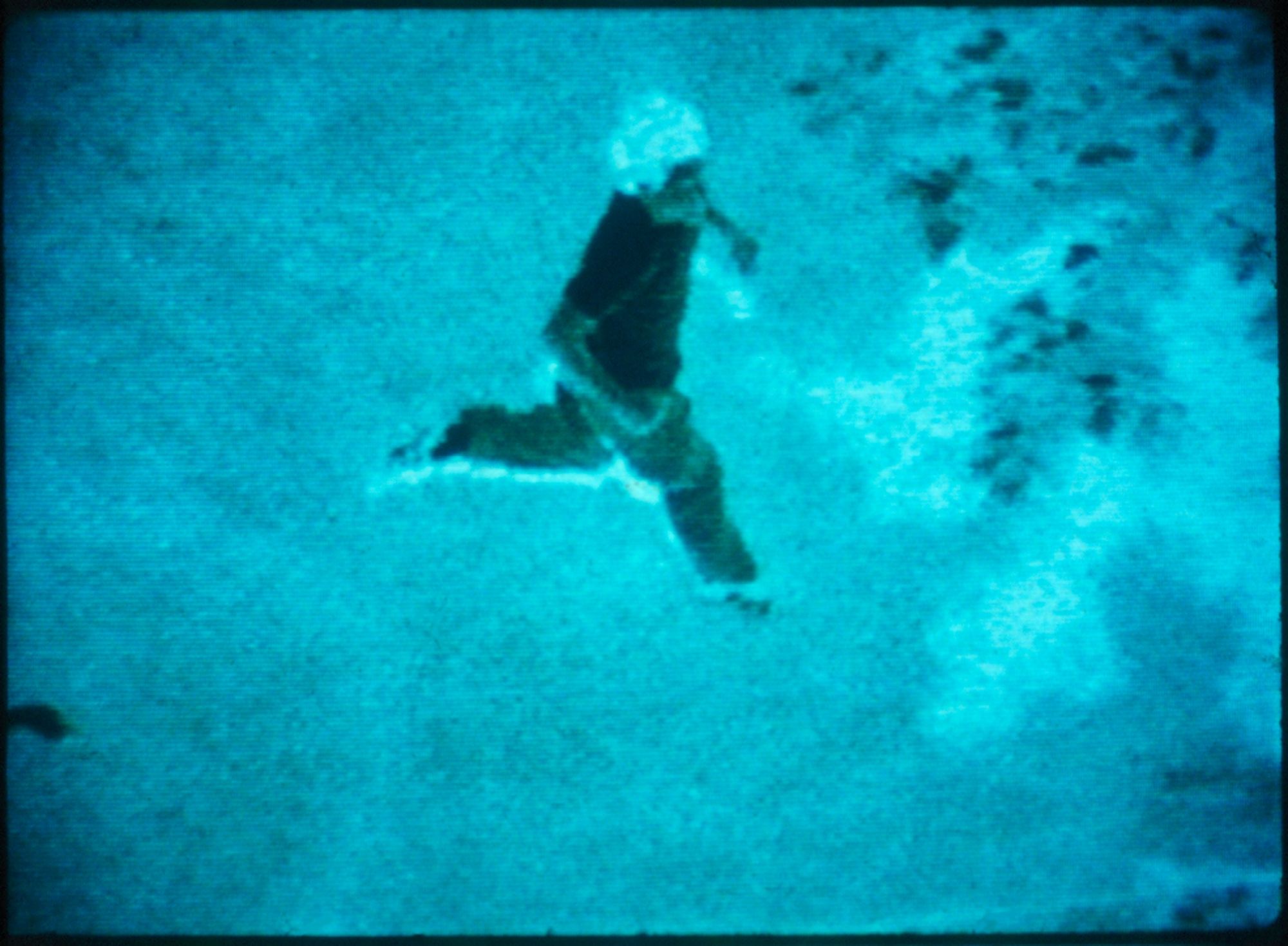
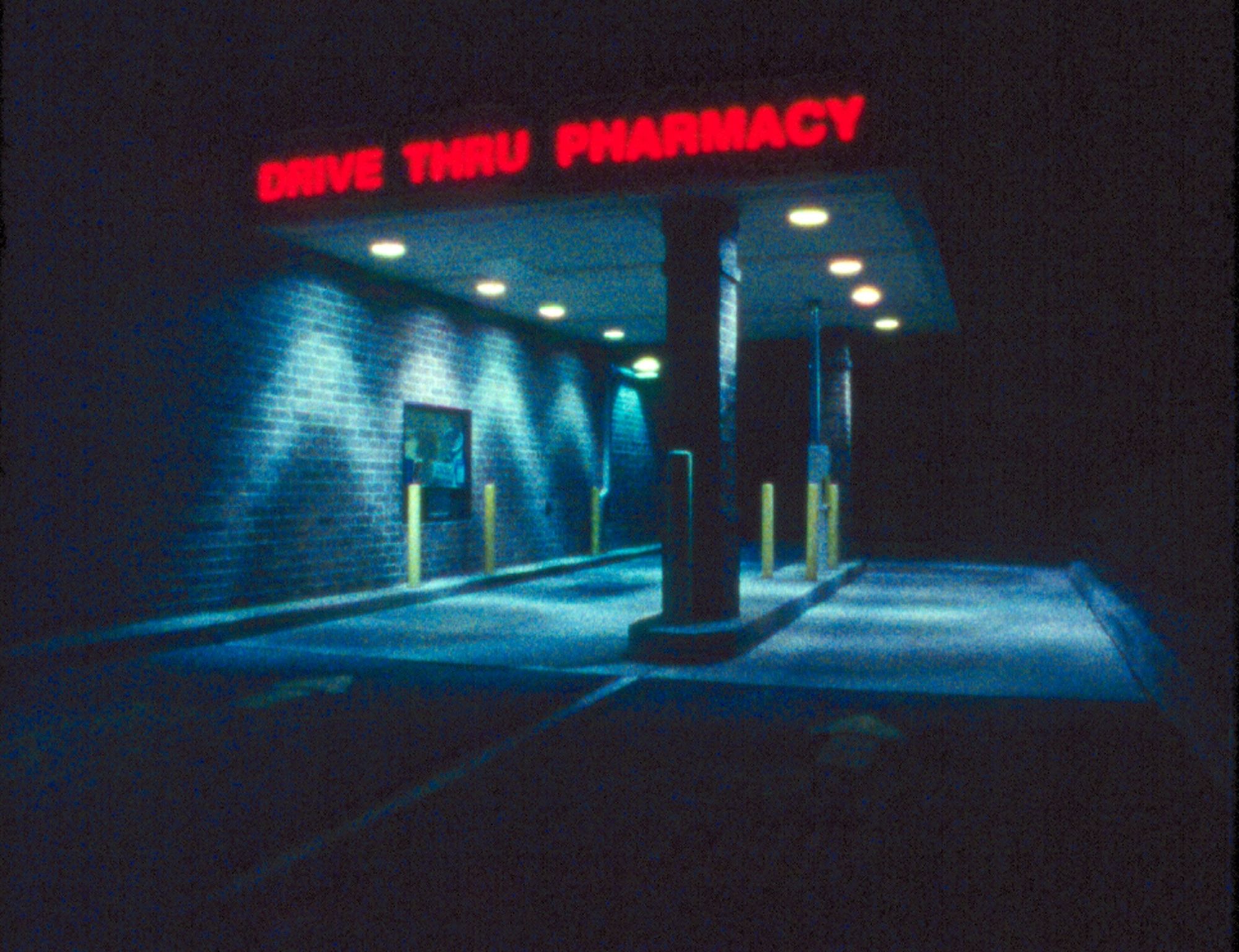
Why are Landscape Films Important?
Castaing-Taylor’s comments express why these types of films are important. The films mentioned in this article prioritise the unique formal attributes of the audio-visual image and challenge you to look at and to listen to the film itself. As MacDonald recognises, these two skills have waned among contemporary viewers:
That viewers have been trained, and have trained themselves, to feel that landscape is not a legitimate subject for even a ten-minute film experience provides us with a measure of how different our sensibilities are from those of art lovers of a previous century. Indeed, when I ask viewers immediately after a screening of Fog Line what they’ve just seen, a frequent response is a sardonic “Nothing!” Without overt human characterization and plot, contemporary film viewers are virtually blind to imagery and issues that fascinated artists and audiences alike during the nineteenth century, and they are blind regardless of the considerable visual subtlety and conceptual density of both [Fog Line and Sky Blue Water Light Sign]. (p. 7)
The landscape experience is inherently cinematic. Helphand argues that “the characteristics of film provide unique contributions to the analysis of landscapes” (p. 1). Whilst this is a sound observation, I would also add that the characteristics of the landscape experience present the opportunity to exalt the distinct ontology of film. Landscape films not only consider landscapes a worthy subject to meditate on, but they also consider cinema a worthy medium to express ideas that simply cannot find form in any other way. In this vein, the value of landscape films––and, indeed, experimental films more broadly––rests in their ability to foreground cinema as a medium itself.
You can find a video essay version of this article below:
Films Featured in Video and/or Article:
Featured in Video:
1. Dead Slow Ahead (Mauro Herce, 2015)
2. Nanook of the North (Robert Flaherty, 1922)
3. Fog Line (Larry Gottheim, 1970)
4. Ten Skies (James Benning, 2004)
5. Leviathan (Lucien Castaign-Taylor, Véréna Paravel, 2012)
6. Sogobi (James Benning, 2002)
7. Koyaanisqatsi (Godfrey Reggio, 1982)
8. In Order Not to be Here (Deborah Stratman, 2002)
Suggested Further Viewing:
9. O’er the Land (Deborah Stratman, 2009)
10. 13 Lakes (James Benning, 2004)
11. Lessons of Darkness (Werner Herzog, 1992)
12. Sweetgrass (Lucien Castaign-Taylor, Ilisa Barbash, 2009)
References
· Castaign-Taylor, Lucien. (2012). Lucien Castaing-Taylor – Leviathan. YouTube. Available at: https://www.youtube.com/watch?v=amxa-dEXl3Y&list=LL&index=54
· Helphand, Kenneth. (1986). Landscape Films. Landscape Journal, 5 (1): 1-8.
· MacDonald, Scott. (2001). The Garden in the Machine: A Field Guide to Independent Films about Place. University of California Press.
· Panofsky, Erwin. (1966). Style and Medium in the Motion Pictures. In D. Talbot (Ed.), Film: an anthology (pp. 15-32).Berkeley: University of California Press.


